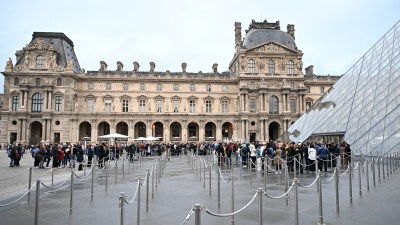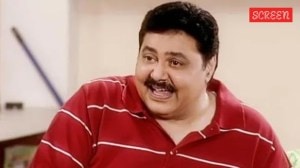Understanding The Riot
At the very outset Takashi Shinoda, a professor of economics at Japan’s Daito Bunka university, admits to a substantial delay in the pu...

At the very outset Takashi Shinoda, a professor of economics at Japan’s Daito Bunka university, admits to a substantial delay in the publication of the book — a fault that makes it less timely than the title suggests. Nevertheless with its wide sweep and collection of respected commentators, it has a certain relevance.
Disadvantaged people form the subject of The Other Gujarat. Though one of the country’s most developed states, with high literacy and urbanisation rates, Gujarat displays grave economic and regional disparities. Caste is an emotive issue as well, leading to frequent clashes as also mobilisation of the weaker castes evidenced in the rise of the Kshatriya Sabha in 1948 and the well known KHAM (Kshatriya, Harijan, Adivasi, Muslim) formula of the Congress in the ’80s.
The Other Gujarat is divided into three sections. Part one deals with modes of upward mobility among backward classes; part two with the process of class polarisation; and part three with women.
Journalist and human rights activist Achyut Yagnik writes about Dalits. Gujarat’s Dalits he claims have sought social mobility by changing caste names rather than conversion. The VHP over the last two decades, however, has sought to ally the Dalit with its perception of the Hindu cause, identifying the Muslim as the common hate object. Pains were taken Yagnik maintains to interpret the 1986 clash as one between Dalits and Muslims; in the communal conflict in 1987, he also claims, tribals were used for the first time to burn Muslim localities.
JNU professor Ghanshyam Shah describes the plight of the Adivasis. Gujarat’s tribals, he maintains, are divided between seeking progress in the mainstream and demanding a separate tribal identity. There is disappointingly little indication or explanation in his account, however, of the prominent role tribals would play in the recent violence (almost half the population in the violence-hit Panchmahals area is tribal).
Historical sociologist Sujata Patel’s essay on urbanisation, development and communalisation is more illuminating. Patel discusses the changing composition of the population in Ahmedabad’s walled city and the casualisation of labour caused by the decline of industry later organised by the VHP and Bajrang Dal. But one wishes that the point about the desertion of the Congress by the upper castes and the subsequent boost to communalism had been more amply developed.
Other significant topics covered include the employment status of women in a drought and elite attitudes towards the poor. The last mentioned describes the introduction of a system of outsourcing labour management that diminishes contact between the economic elite and farm labour. With prosperous agriculturists moving out of the countryside to access better educational facilities and living conditions, ties with the rural community are snapped and there is a tendency to see the poor as “a nuisance”, claims sociologist Mario Rutten. These and other instances make this book of some value for anyone seeking to comprehend the developments in the western state over the past year.





- 01
- 02
- 03
- 04
- 05


























